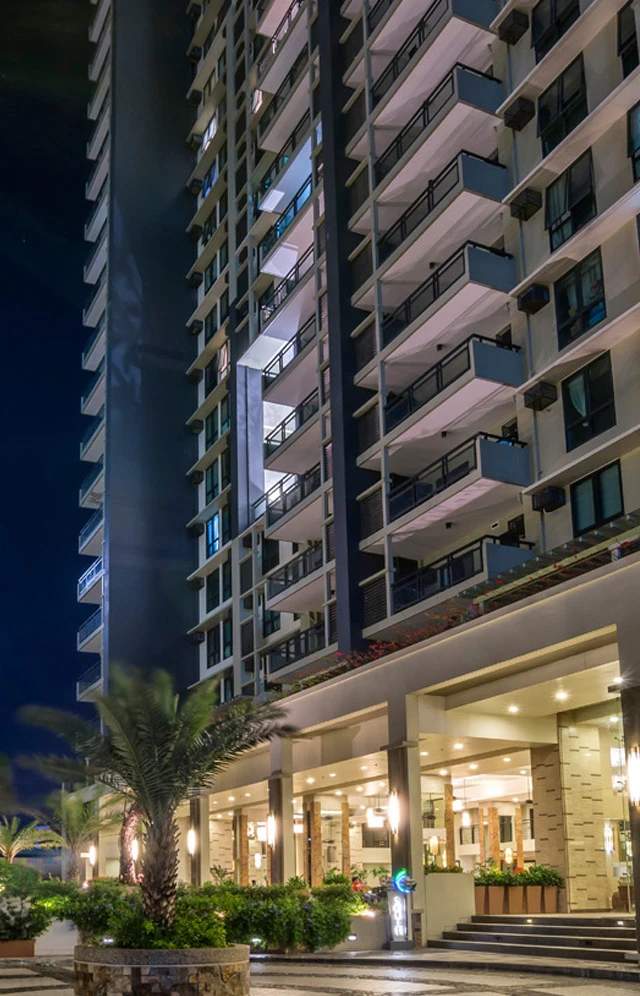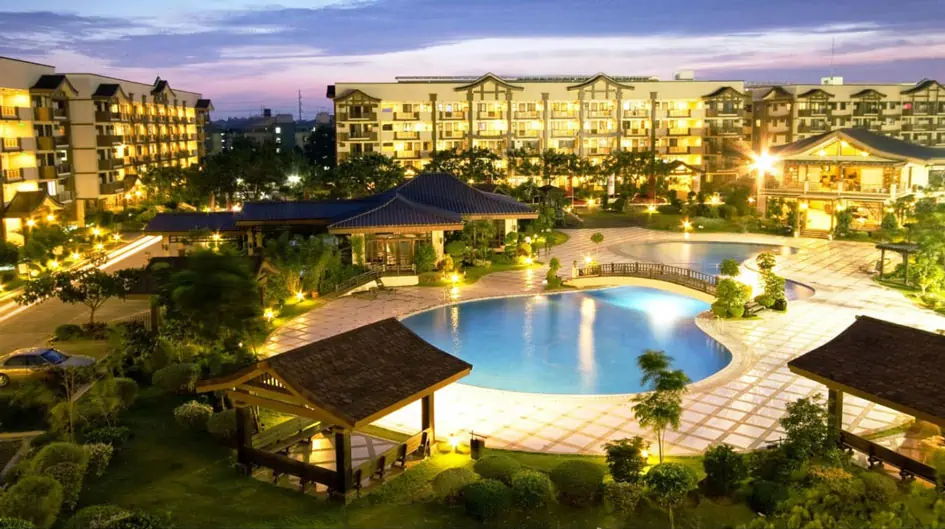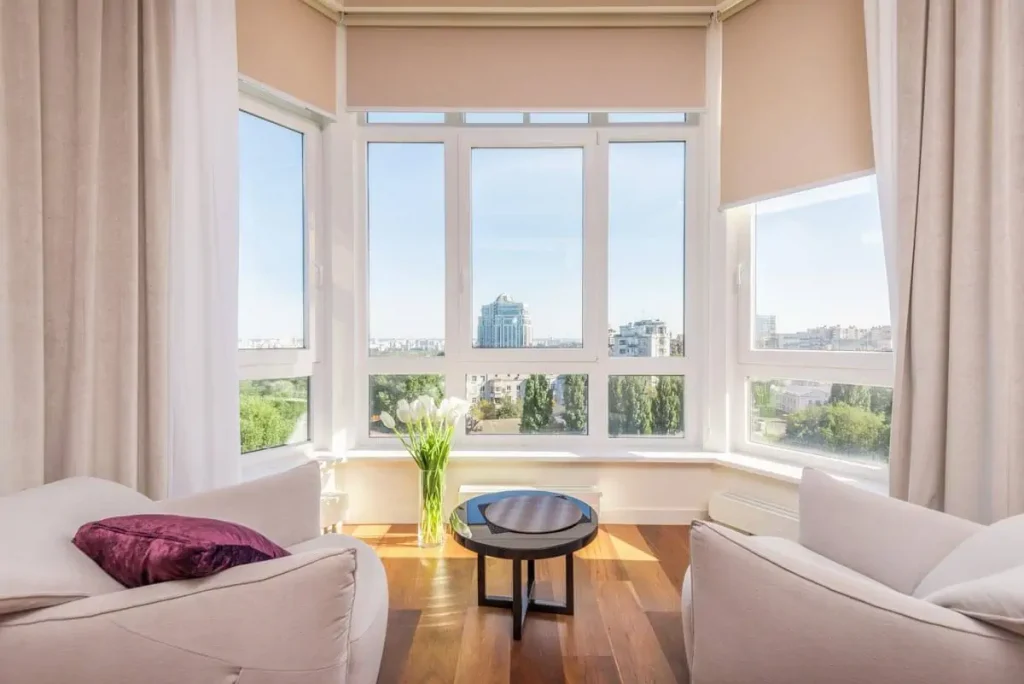Condo living is an emerging trend in various parts of the world. People are moving out of their houses and into condo communities that offer security, convenience, and a wide range of lifestyle amenities. A study on the rising demand for condo properties in Colombo, Sri Lanka, suggested several factors that encourage people to move into a condo: public transport, security, public utility service, and central sewer wastewater system.
Whether in Sri Lanka, Singapore or the Philippines, most condo projects are located near business districts and schools. Condo living significantly reduces transportation costs and time. These private communities are also well-guarded with round-the-clock security, and ensure steady power and water supply to residents. The convenience, coupled with access to amenities such as a fitness gym, swimming pool, and function halls, seal the deal for millions of condo homeowners and tenants.
Are you ready to maximize city life? Here are 13 things to remember as you move into a condo.
Revisit your lease contract or guidelines for homeowners

Photo Courtesy of TheDigitalWay via Pixabay
Before repainting your new living room or stacking your bookshelf, you need to sit down, grab a highlighter and revisit your condo documents. This is under the assumption that this is not the first time you’re going over the provisions of your contract of lease or sale. You should have done that before deciding of moving in. The purpose of your readings this time is to verify guidelines in installing a home security system, bringing in certain electronic devices, and other rules and regulations for residents.
Share contract information with your family
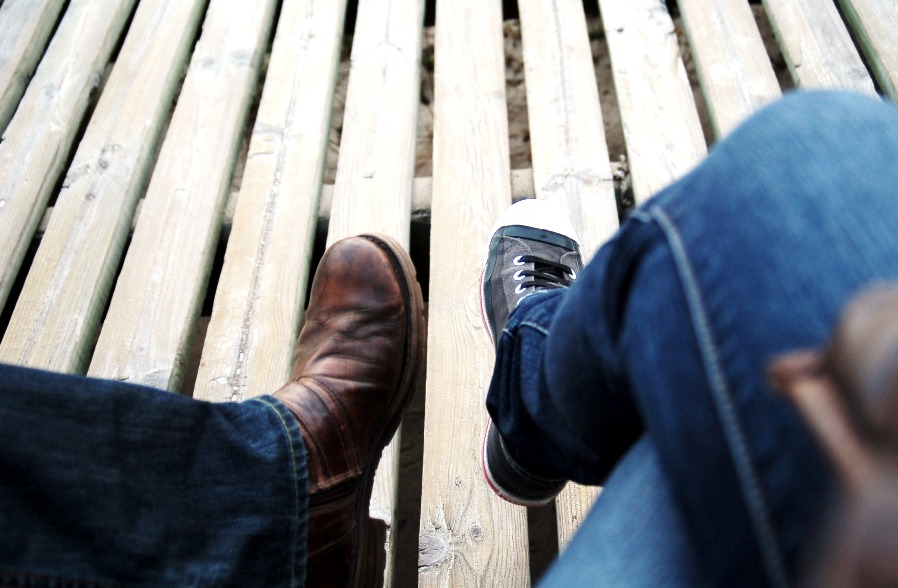
Photo Courtesy of makunin via Pixabay
If your teenage kids were used to holding house parties, this should change when you move into a condo. Inform your family about rules and regulations imposed on every tenant. You may need to manage the noise levels from your unit in consideration of your neighbors. There are indoor amenities you can use for your get-togethers and recreation. Check out event venues, the clubhouse or the game room.
Install indoor security devices and change locks
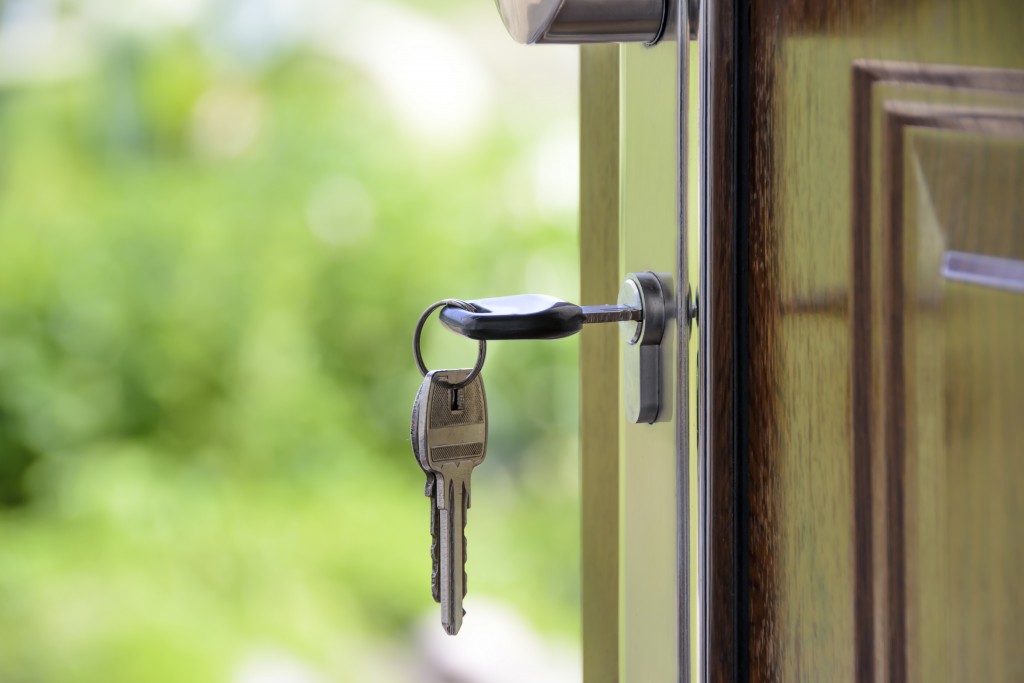
Photo Courtesy of WDnet Studio via Pexels
The next item in your condo move-in checklist is your home security system. One of the advantages of living in a condo is the 24/7 security services within the community. There are fire alarms and sprinklers, as well as CCTV cameras in common areas. Your unit may also include provisions for alarms and cameras. It’s your decision whether or not to install security devices inside your unit. However, it’s strongly advised that you change the locks and install new deadbolts. Check with your lessor first before boring holes on doors and walls.
Get clearance from your lessor prior to mounting furniture
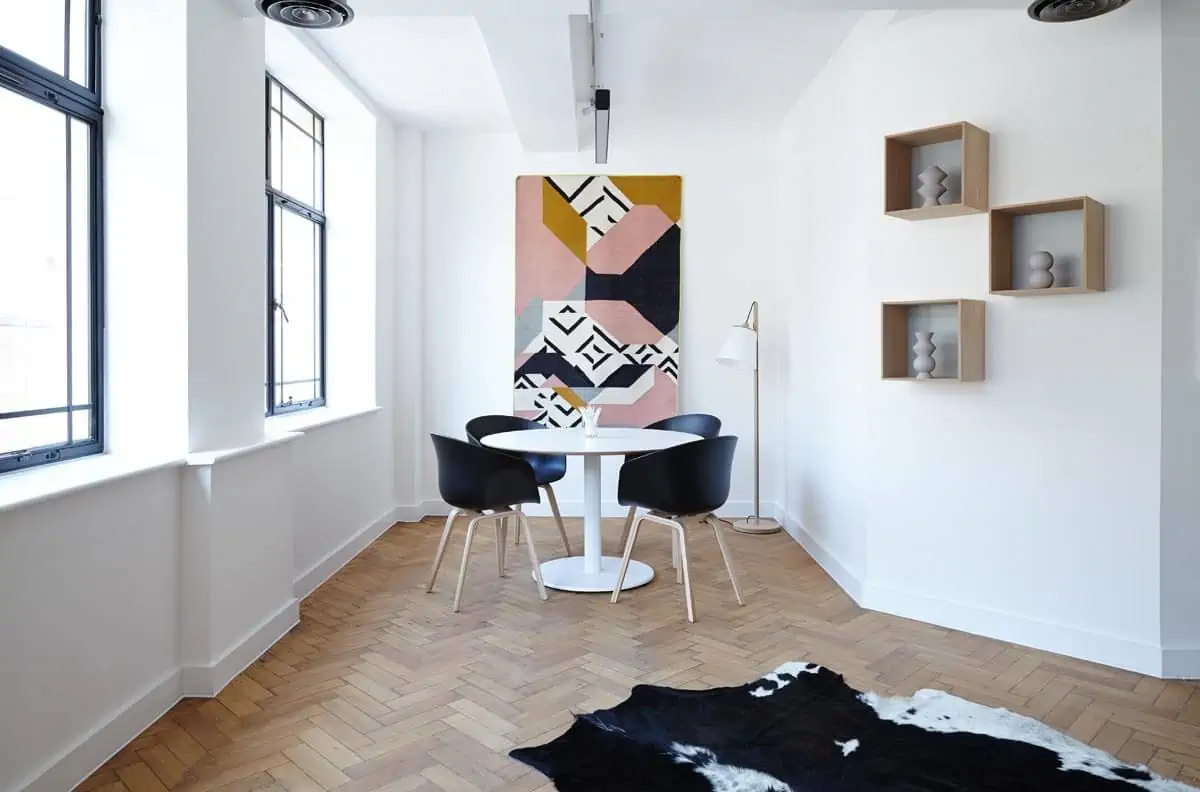
Photo Courtesy of rawpixel.com
Similar with changing door locks and installing new deadbolts, approach your lessor whether you can mount floating shelves on your walls or a chandelier in the dining area. If you own the unit, let a professional do the installation to make sure you don’t hit any electrical wiring.
Familiarize yourself with the circuit breaker box and water valve

Photo Courtesy of Vladyslav Dukhin via Pexels
Whether you’re renting a condo or a house, it’s important to know the electrical fuses that control power in your house. Label which fuse controls the living room, kitchen, and other parts of your condo unit. Familiarize yourself with the water and gas valve to know how to shut-off your water and gas supply whenever necessary. If you’re going away for weeks or months, it’s advisable that you switch off the circuit breaker and valves.
Check the pipes for plumbing leaks

Photo Courtesy of renierveldman via Pexels
Your to-do list should include an inspection of pipes for any possible leaks. If you didn’t get the chance to do this during your site visits, do so before bringing in your personal belongings. Seek assistance from the condo maintenance personnel or inquire whether you can have a plumber fix leaks in your new home. You can also install leak alarms under your kitchen or bathroom sink to immediately alert you of any leakage.
Know whether the wall paint is hiding something

Photo Courtesy of Breather via Unsplash
One of the things to remember as you move into a condo is to check for any pests living in the unit. While this is unnecessary if you’re the first owner or lessee, making sure that no uninvited guests live with you is a must. You can buy mouse traps and poison packets from the home depot, but if you’re dealing with termites and other insects that managed to create a colony in your unit, get a pest removal service before moving in.
Consider painting the walls and ceilings

Photo Courtesy of pozytywnewnetrza via Pixabay
A quick and affordable interior design trick is to change the paint on your walls and ceilings. No need for expensive furniture or adornments. Explore color palettes that stir positive moods and emotions. Blue, regarded as the most productive color, is perfect for your study area. For your bedroom, you may want shades of green that exude tranquillity and health. Red is recommended for your dining area as this color encourages appetite.
Do a major cleaning before moving in
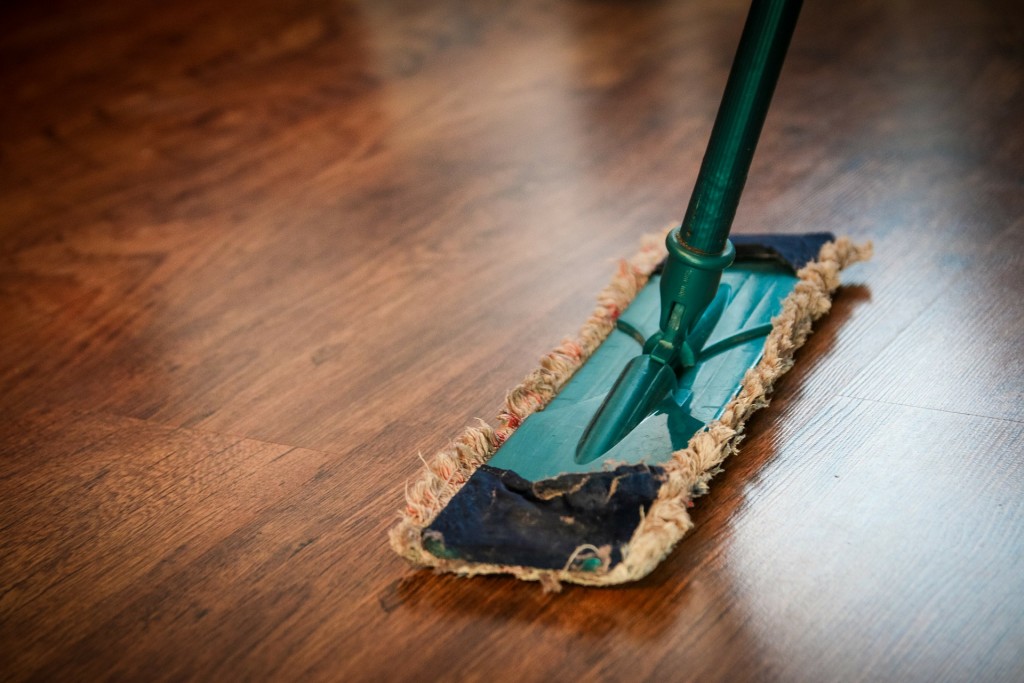
Photo Courtesy of jarmoluk via Pixabay
Moving into a new home is a family affair. A few days before your actual relocation, assign each person their own tasks such as wiping out the cabinets, scrubbing the bathroom tiles, clearing the area under the kitchen sink, etc. If you’re living on your own, get help from the condo maintenance personnel. You can create a checklist of tasks to make sure your new home is spotless.
Prepare a blueprint of your unit

Photo Courtesy of tookapic via Pixabay
You’ll have tighter space in a condo compared to your old house. Every square meter should be maximized. To make sure you get the right-sized furniture, you can prepare a simple blueprint of your floor layout with measurements of walls, corners, and corridors. You may also take snapshots of your rooms to make your furniture-hunting easier.
Consider multifunctional furniture pieces
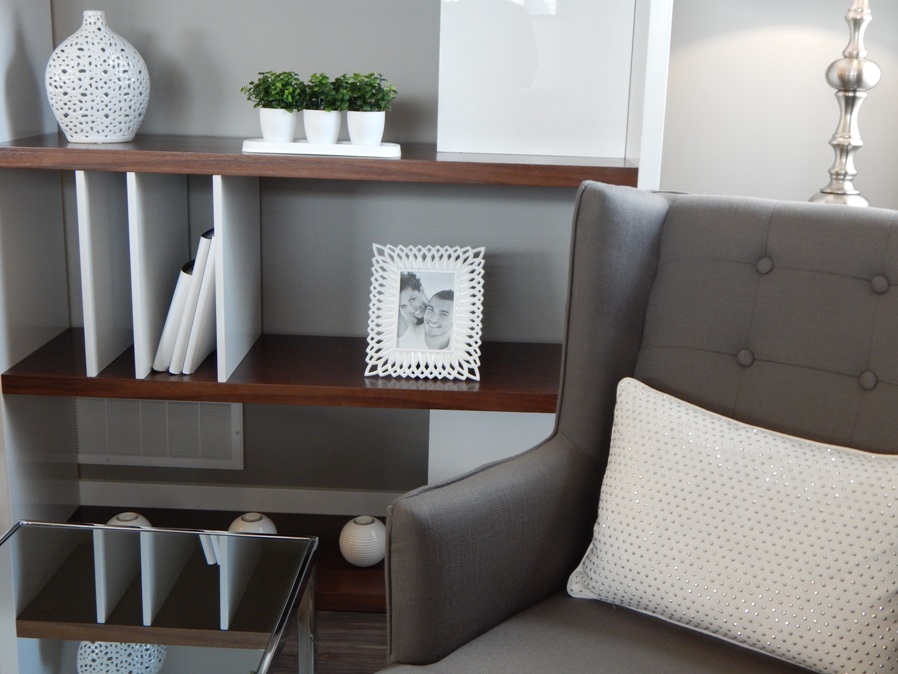
Photo Courtesy of ErikaWittlieb via Pixabay
When choosing furniture for your condo, choose those especially designed for condos. You can get a multifunctional bed that has storage for your clothes. A sofa bed is perfect for your living room where you can accommodate guests once in awhile. You can also get collapsible tables and chairs, as well as desks with lots of extra storage for your books.
Let go of belongings you don’t need anymore
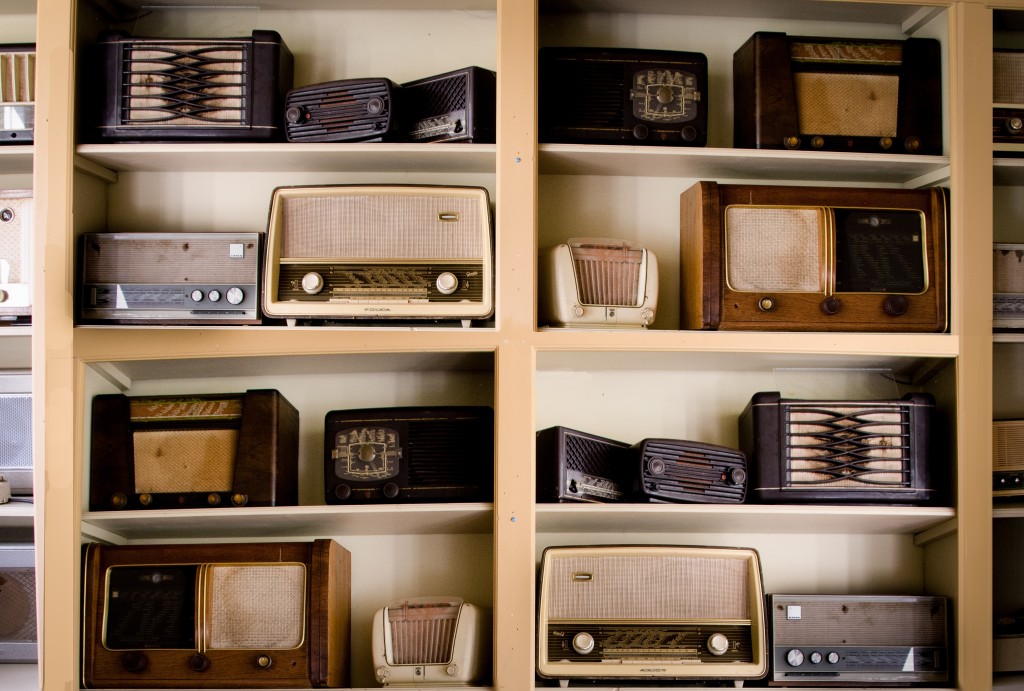
Photo Courtesy of skitterphoto.com via Pexels
Once you’ve prepared your new home, you now have a better idea which items to bring and which to leave behind (or donate). Keep in mind that condos have limited space so it’s unlikely that you can take your massive oak wood desk with you. This is a good opportunity to declutter and let go of belongings that you don’t use anymore. Get a box (or boxes) for items you’re taking and those you’re letting go.
Coordinate with the condo administration on better ways to move in your belongings
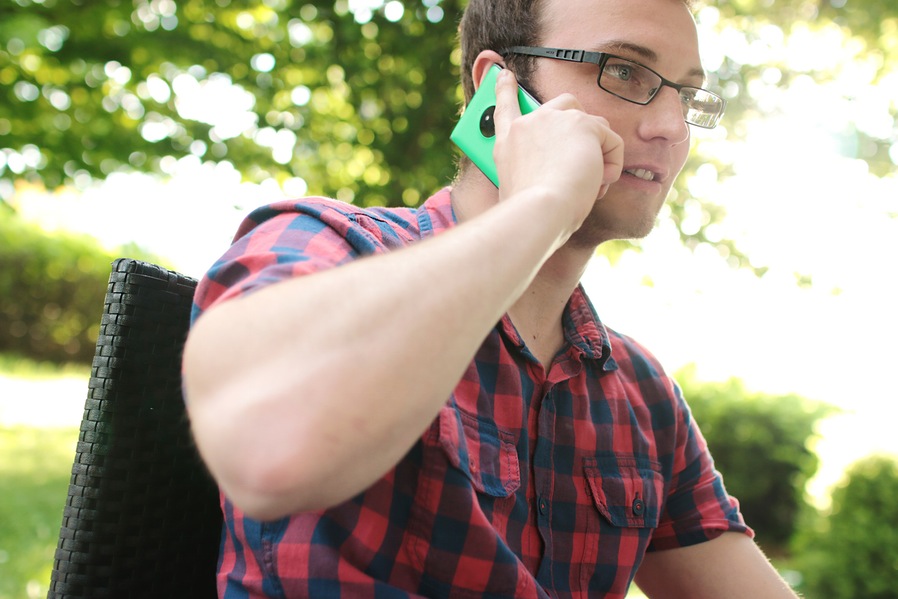
Photo Courtesy of jeshoots.com via Pexels
Now that you’re ready for condo living, it’s time to call your condo admin on the best time and methods for bringing your furniture and personal belongings in your unit. If you’re assisted by a relocation company, make the necessary arrangements with your condo admin—allowed time of ingress, where to park, and any assistance available in the physical move-in.
Moving into a new home can be overwhelming. There’s so much to pack, unpack, and refurbish. To make things easier, study a sample checklist for a new condo renter then create your own. Your best weapon against a stressful relocation is preparation.

